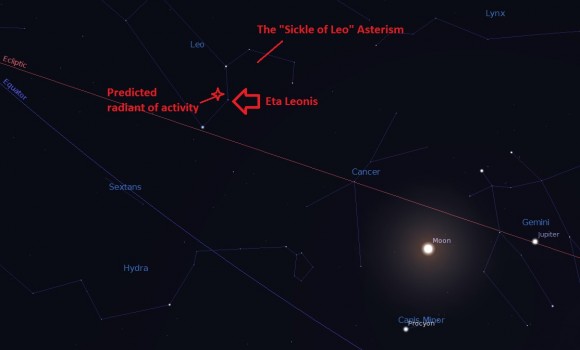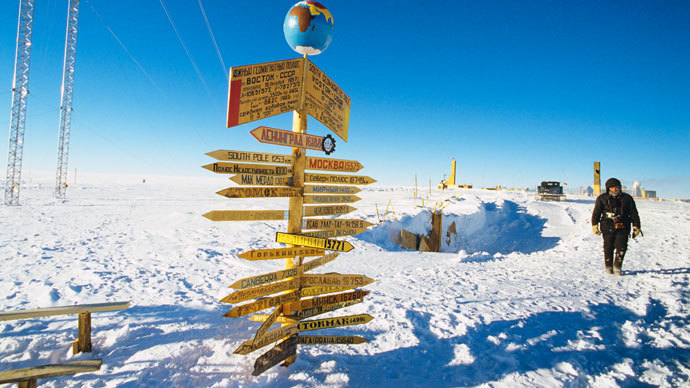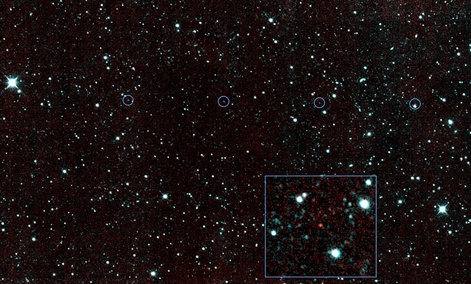OF THE
TIMES
Of course, these plans could change. But it's almost certain that Microsoft isn't too happy with the adoption rate of Windows 8.1, which stood at just 3.6 per cent this month.Mashable and every news outlet under the sun is already thrashing the news that yet another tin egg has been laid and hatched at what used to be a plausible company producing good products. Even a computer service guy told me last week, "Don't get Win 8. It's one good, one bad with Microsoft: XP Good, Vista bad, 7 good, 8 bad."




It's currently 27 million miles from Earth, but could come within 300,000 miles of our planet's orbit - nearly as close as the moon - making it a potentially hazardous asteroid.Separately, NASA also announced Tuesday that it has found the first asteroid of 2014 to reach planet Earth: a 6-to-9-foot rock that entered the atmosphere on New Year's Day before it broke up over the Atlantic Ocean.
Scientists estimate its diameter at .4 miles. By comparison, the meteor that streaked over Russia last year, exploding with the force of 20 atomic bombs, injuring 1,500 people, and damaging thousands of buildings, measured only about 65 feet. NASA says impact by an asteroid bigger than a half-mile in diameter would have "worldwide effects."
It's as dark as a piece of coal, but gives off high amounts of infrared light.
The asteroid - unlike the super-hot stars that provide its backdrop - is close to room temperature.
Comment: Forget "finding the basic building blocks of life", the "building blocks" are raining down on above our heads!
Take cover! Meteor fireballs rain down across U.S. - Outbreaks of wildfires reported